We’ve long anticipated an addition to the Leica Q’s focal length. Since its launch nearly 10 years ago, many of us—and many of you—have asked the same question: “Can we get a 35mm or a 50mm lens on the Leica Q?” While some of us don’t prefer the 28mm, others enjoy using it alongside a more compressed focal length. Now, Leica offers both: the original 28mm and what we like to call the “sweet spot” focal length of 43mm.
If you’ve followed us for a while, you may have seen our video on the Leica CM or the 40mm Summicron-C. The 43mm focal length isn’t new to Leica; it’s long been a versatile middle ground—not quite a 35mm or 50mm, but in our opinion, just right. With the Q3’s 43mm, however, you get the best of both worlds: a minimal crop gives you 50mm or beyond, and it’s just wide enough to do the job of a 35mm. At least, that’s how we see it.
Carlo recently took the Q3 with the 43mm around the SF Bay Area, using it alongside the standard 28mm Summilux Q3 in its typical use case—everyday carry and walk-around photography. He noticed some distinct differences in how the 43mm handled compared to the 28mm, offering a fresh perspective on everyday scenes.
The Q3 43mm: A Break Down
Overall, the Q3 43mm is nearly identical to the Standard Q3 regarding its internal components. Both cameras share the same 60MP multi-resolution BSI sensor, autofocus system, 5.76MP OLED viewfinder, tilting screen, and more. The key difference, aside from the obvious dark grey leatherette covering on the Q3 43mm, is the standout feature: the 43mm f2 APO-Summicron ASPH lens.
The 43mm APO-Summicron lens is reminiscent of the 40mm Summarit found on classic Leica compacts like the Minilux and CM or the 40mm Summicron-C found on Leica’s miniature M, the CL. Leica’s decision to pair the “sweet spot” focal length with a fixed-lens camera is a bold and familiar move. However, the Q3 43mm has a unique advantage—an APO (apochromatic) aspherical correction. This sophisticated optical design, typically reserved for Leica’s top-tier offerings in the SL and M systems, brings the same level of precision and micro contrast to the compact, accessible Q3 43mm.
We found that the 43mm APO-Summicron lens excels at taking full advantage of the 60MP BSI sensor, delivering even better micro-contrast, sharper details, and unique three-dimensionality only a Leica APO lens can deliver. Like Leica’s SL and M APO lenses, the 43mm renders images in its own distinctive way. We’ll dive deeper into this in our upcoming “Thumbprints & Signatures” video and article on the Q3 43mm, so stay tuned!
In terms of performance, the Q3 43mm also has a slightly different close focus distance due to its longer focal length. The 43mm lens focuses as close as 0.27m (10.6 inches), compared to the 28mm’s closer range of 0.17m (6.7 inches). However, we didn’t find this lack of close focus to be an issue. The 43mm offers a tighter field of view and more compression, and it’s easy to crop in for a closer macro shot when needed, thanks to the APO Lens.
We’ll include some side-by-side examples below. Let us know which one you think renders best!
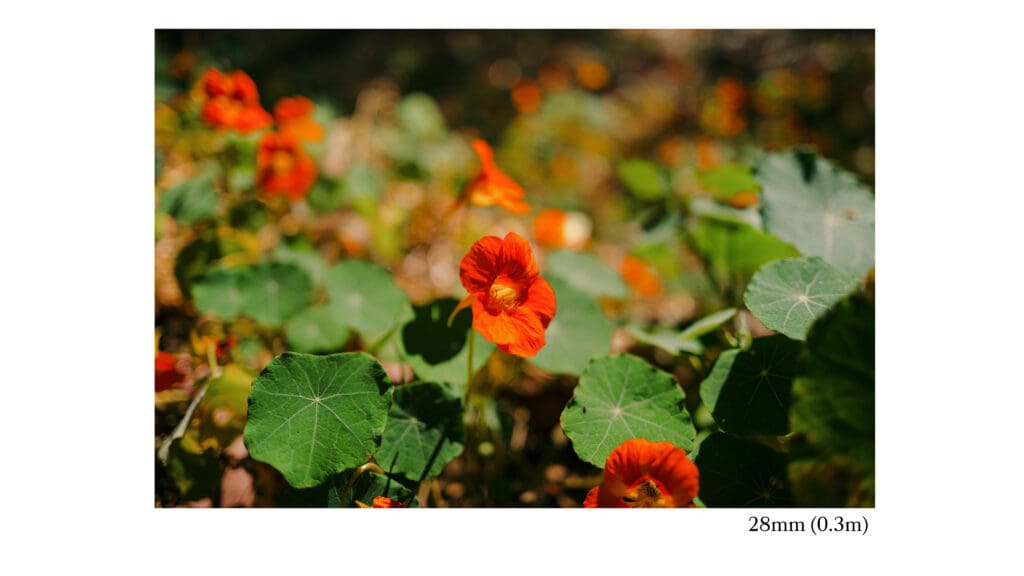
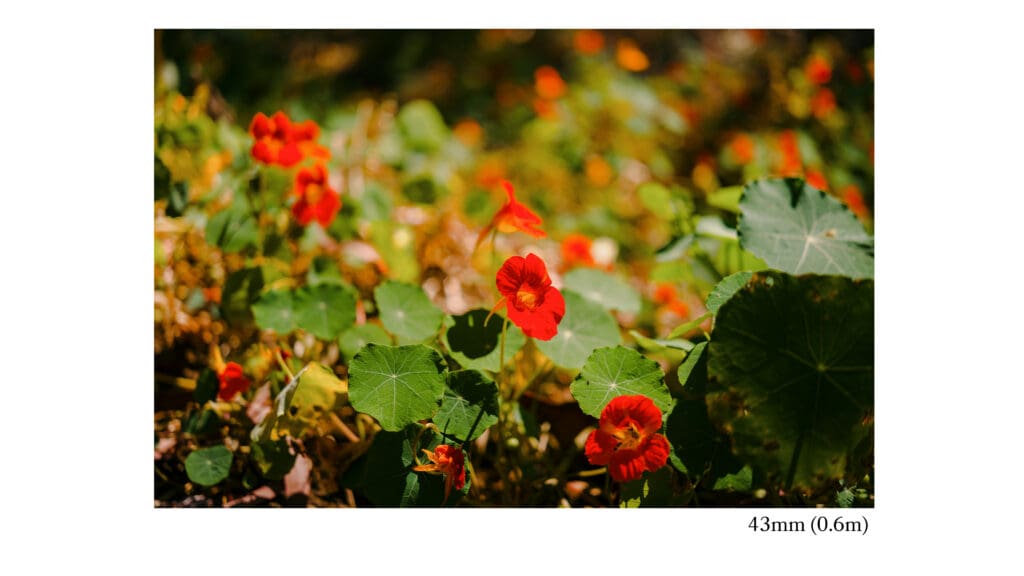
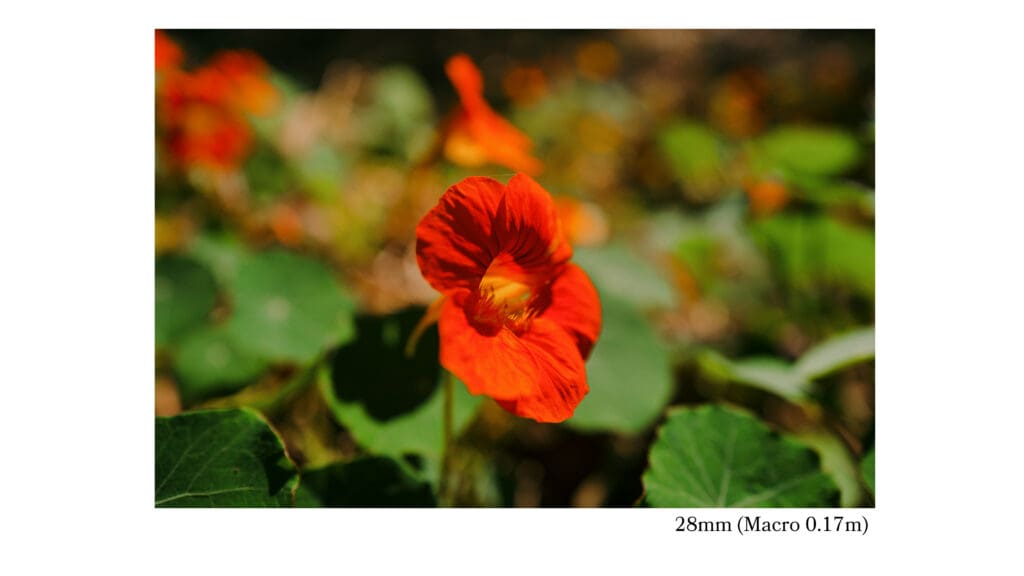
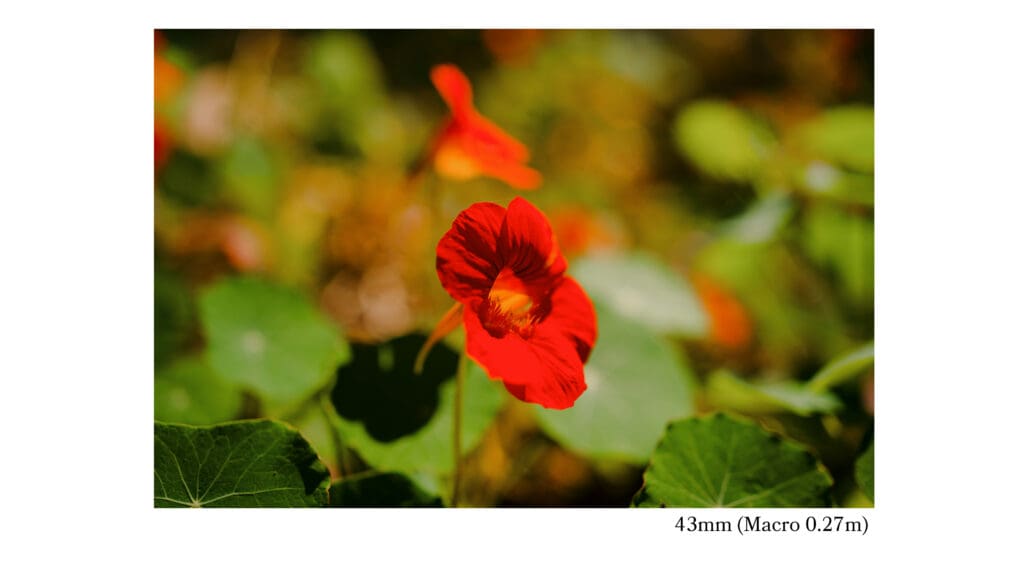
In the video, Carlo mentioned there’s a noticeable difference in compression when using the crop modes on the Q3 28mm and Q3 43mm, particularly at the 75mm and 90mm virtual focal lengths. Carlo observed, “Even though these crops don’t truly mimic the true focal length in terms of compression, I think the 43mm adds enough compression to your images, especially at those longer crops. I definitely found I could get more reach out of it when comparing the 75mm and 90mm focal crops… You could notice that the background was just a little further away in the Standard Q3 vs the Q3 43mm.”
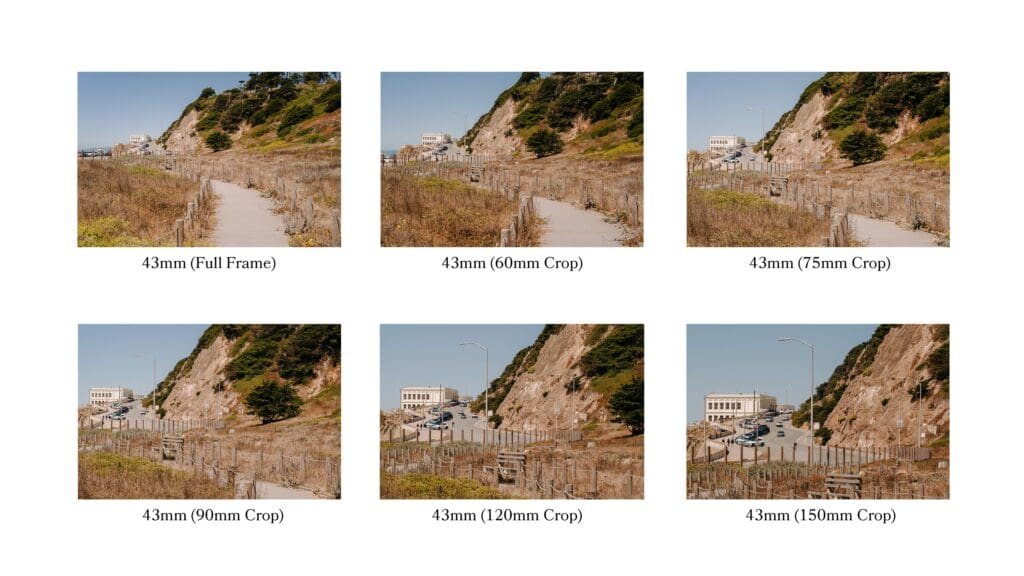
For those planning to use the 75mm and 90mm focal lengths more frequently, the Q3 43mm may offer a distinct advantage. The Standard Q3 seems best suited for shooting between 28mm and 50mm, while the Q3 43mm shines between 43mm and 90mm. Additionally, Carlo noted that the 43mm has an edge in macro mode, thanks to its natural rendering and the APO correction, which brings out finer details with minimal distortion compared to the 28mm Summilux on the Standard Q3.
Below we’ve compared the two Q3 cameras and their respective crop modes. Note that the Q3 43mm has one extra crop than the 28mm version!
| Leica Q3 43mm | 60mm | 75mm | 90mm | 120mm | 150mm |
| Leica Q3 28mm | 35mm | 50mm | 75mm | 90mm |
Details At A Glance – The Leica Q3 43mm
- APO-Summicron 43mm F2 lens Lens contains 4 aspherical elements and a leaf shutter just like its predecessors
- ISO Range of 50-100k
- 60mp BSI Sensor with triple resolution technology (18/36/60MP) and 8k video recording
- IP52 Rated – Ideal for changing weather environments
- Faster connectivity to Leica Fotos (similar to Leica SL3) and also includes a new “Leica Chrome” look via the Leica Fotos app.
- Support for RODE Microphones via USB-C
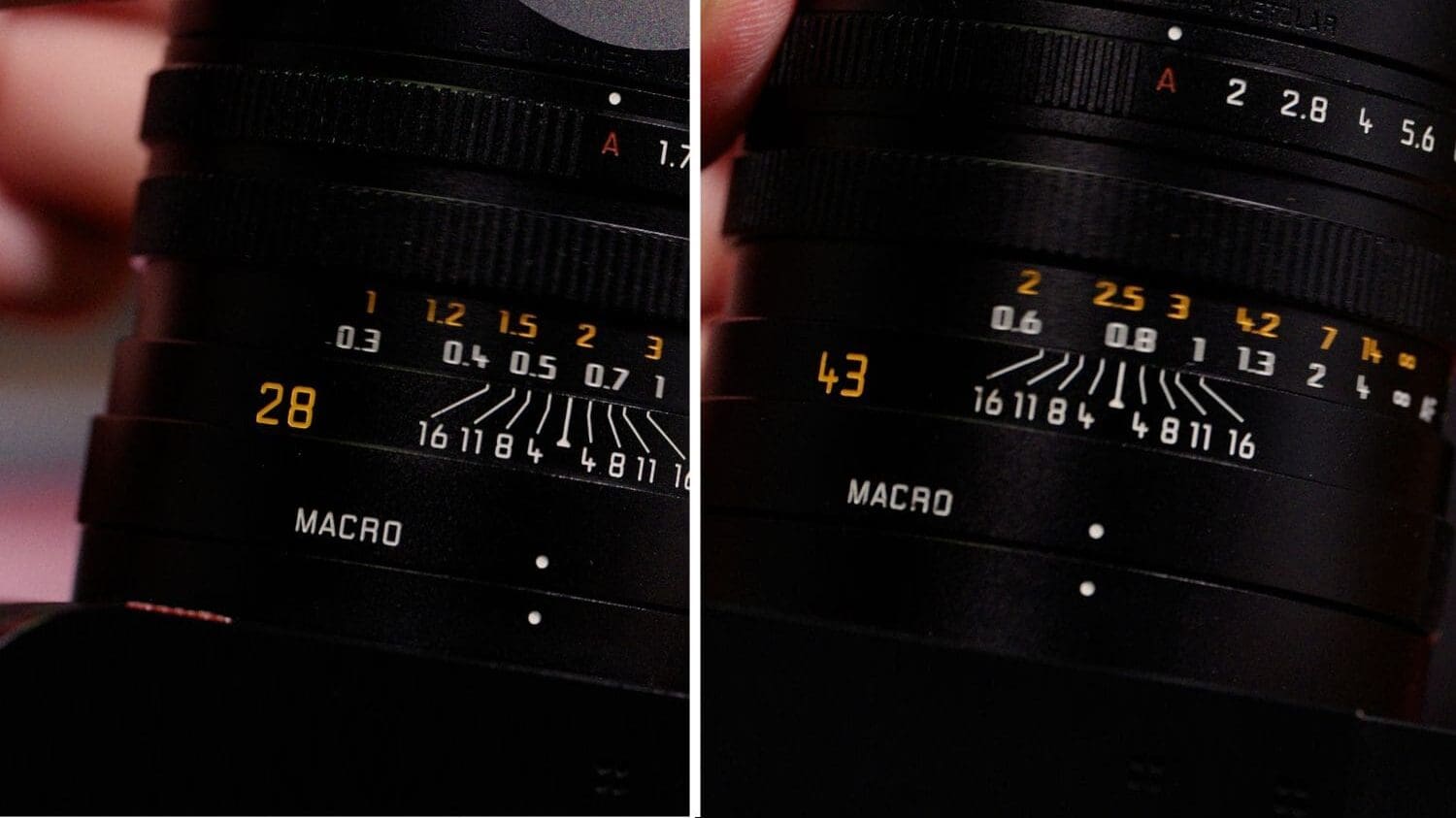
Does the Q3 43mm replace the 28mm?
The Q3 43mm is an incredible addition, but just as a 50mm lens doesn’t replace a 28mm in our Leica M or SL kits, the Q3 43mm doesn’t replace the Standard Q3 with the 28mm. Ultimately, only you can decide whether the 28mm or 43mm better suits your needs. After our testing, we strongly felt that the Q3 43mm complements the original Leica Q3 with its 28mm lens. Some of us even considered having both in our kit, offering a versatile range from 28mm to 120mm through cropping, giving nearly endless possibilities with two cameras and two optics.
Similar to their M and SL counterparts, the 28mm Summilux and 43mm APO-Summicron lenses on these cameras render images differently. So, does the Q3 43mm replace the Standard Q3 with its 28mm? For some, perhaps—especially if you’re mainly working in the 50mm range. But for those who appreciate both wide and standard focal lengths, there’s a strong case for having both cameras or choosing one based on your specific needs.
As Carlo puts it in the video, “Different scenes call for different lenses, depending on the kind of photographer you are.” It truly comes down to personal preference. Neither the Standard Q3 nor the Q3 43mm is objectively better—they serve different purposes. Finding the right camera for you is a personal decision and one best made after some hands-on experience. You can explore both options by visiting one of our California stores and trying them out for yourself!
“Different scenes call for different lenses, depending on the kind of photographer you are.”
If you’re deciding between the Standard Q3 with its 28mm Summilux or the Q3 43mm with the APO-Summicron, here are a few key questions to consider:
- Do you prefer the rendering of a Summilux or an APO-Summicron lens?
- Is f2 sufficient, or do you need the wider aperture of f1.7 for low light situations?
- Do you want to fill your frame with a broader scene, or would you rather isolate and draw that scene into your photos?
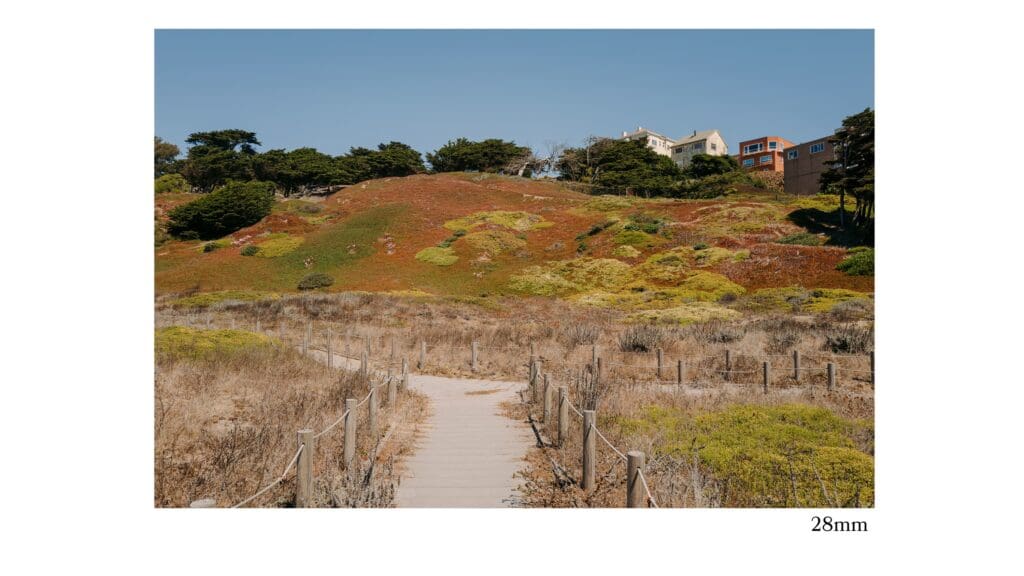
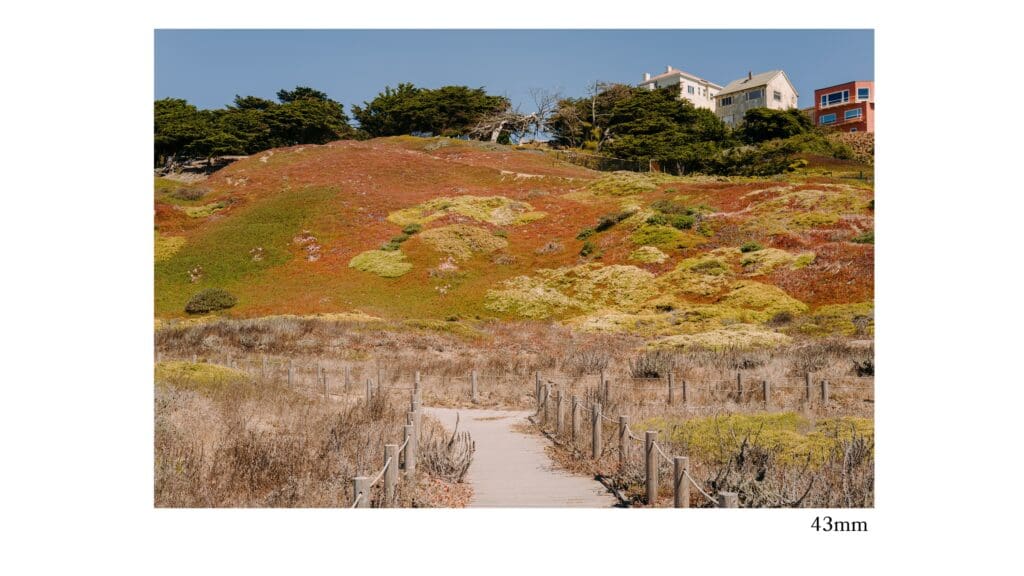
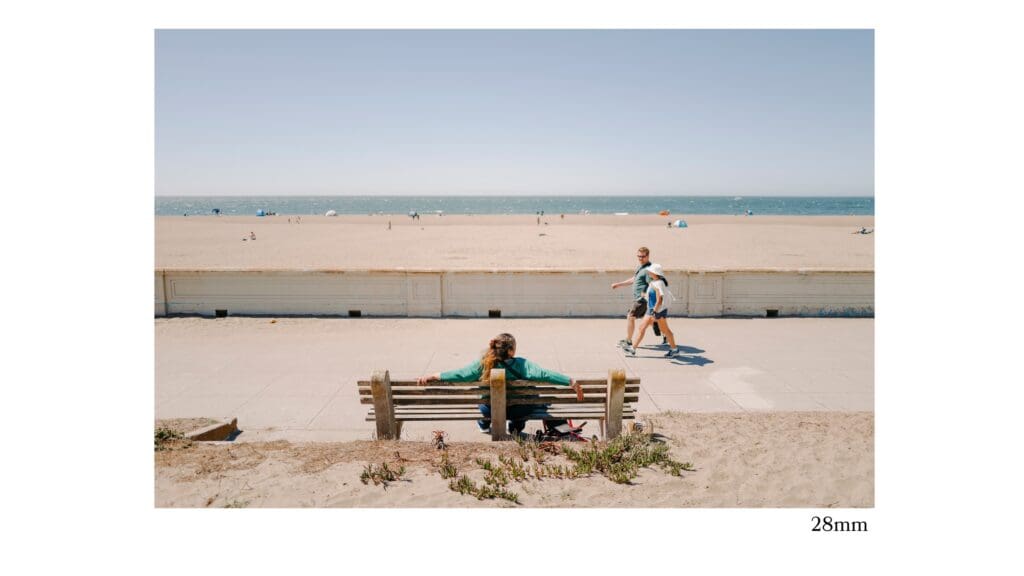
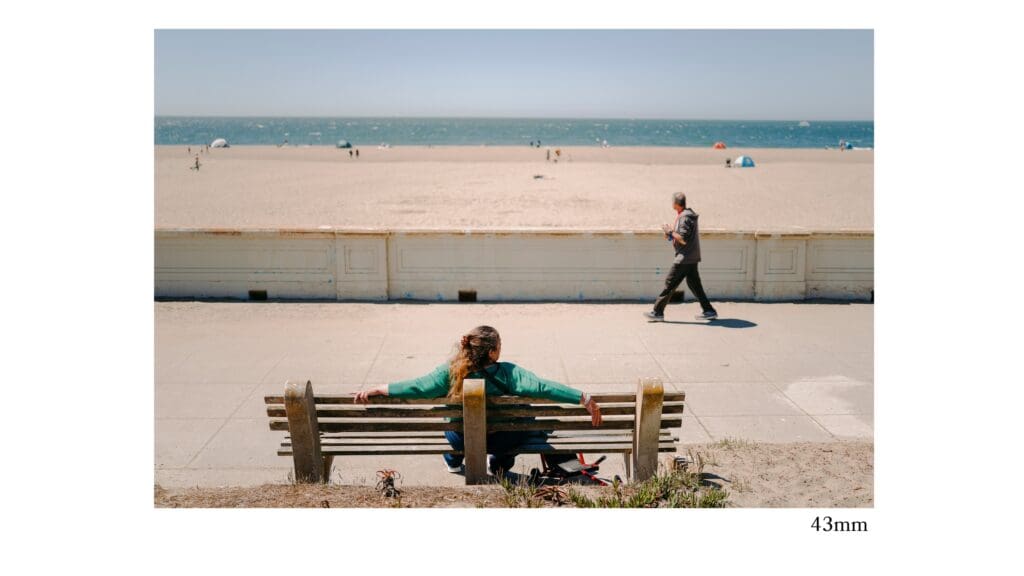
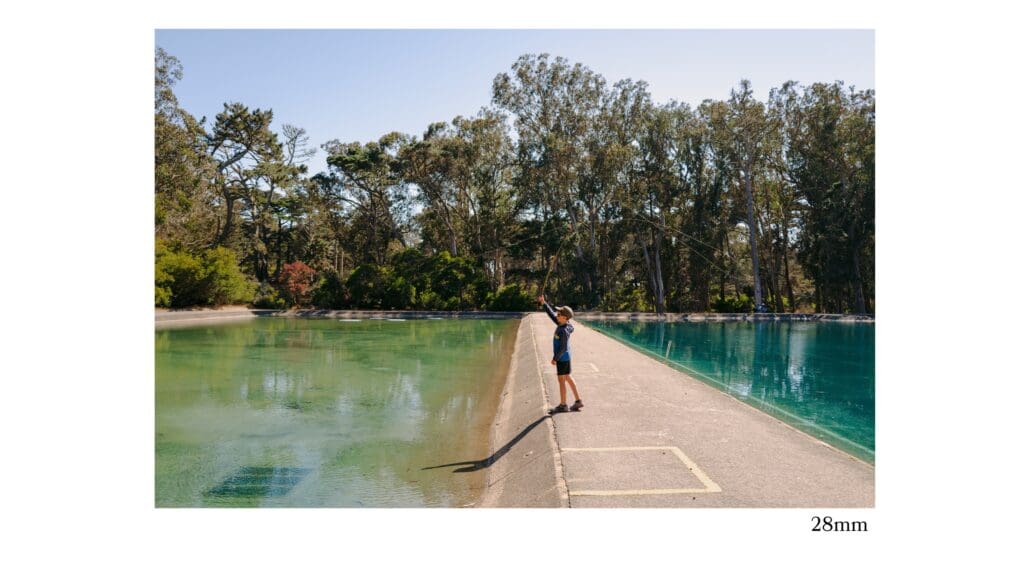

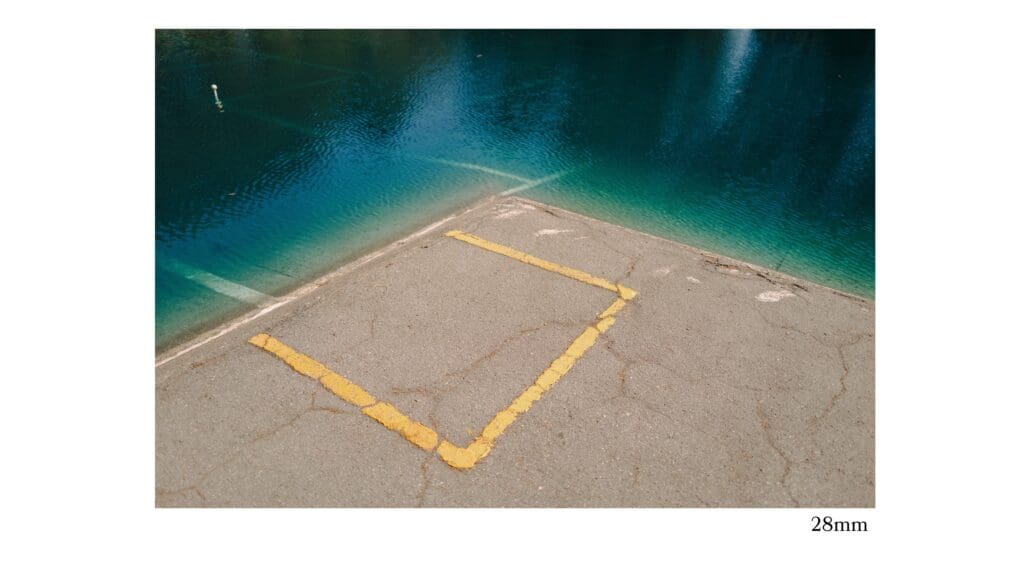
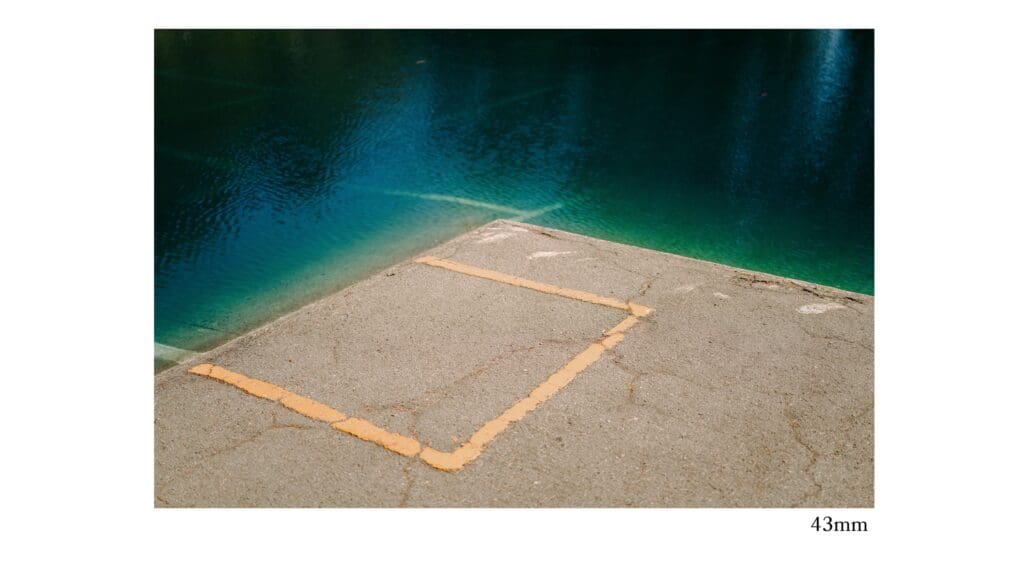
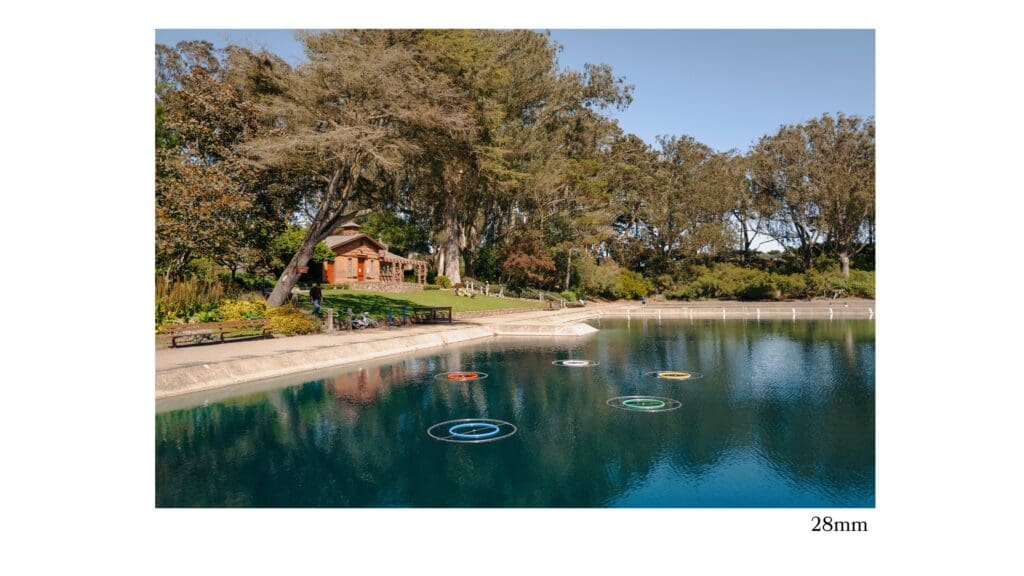
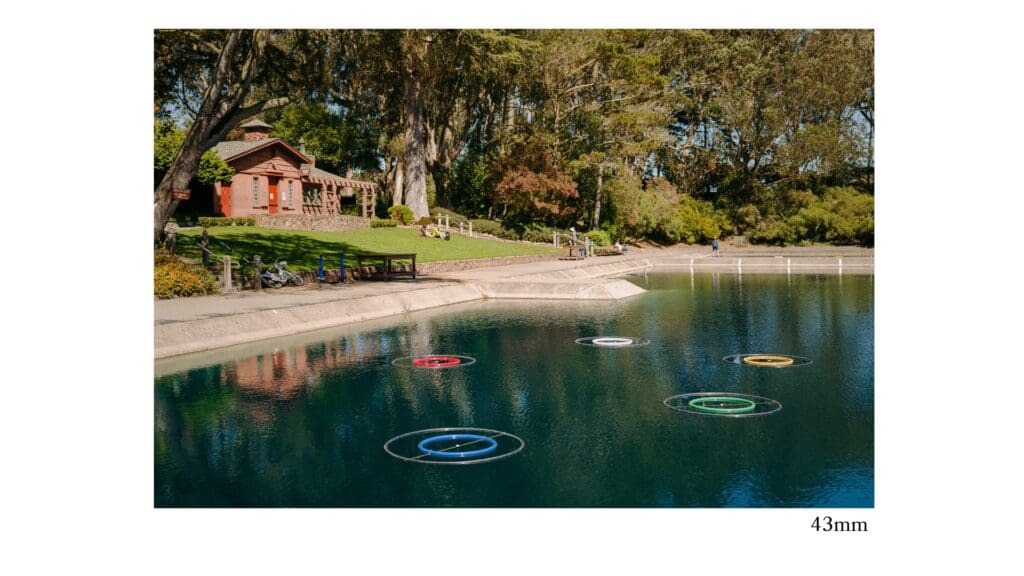
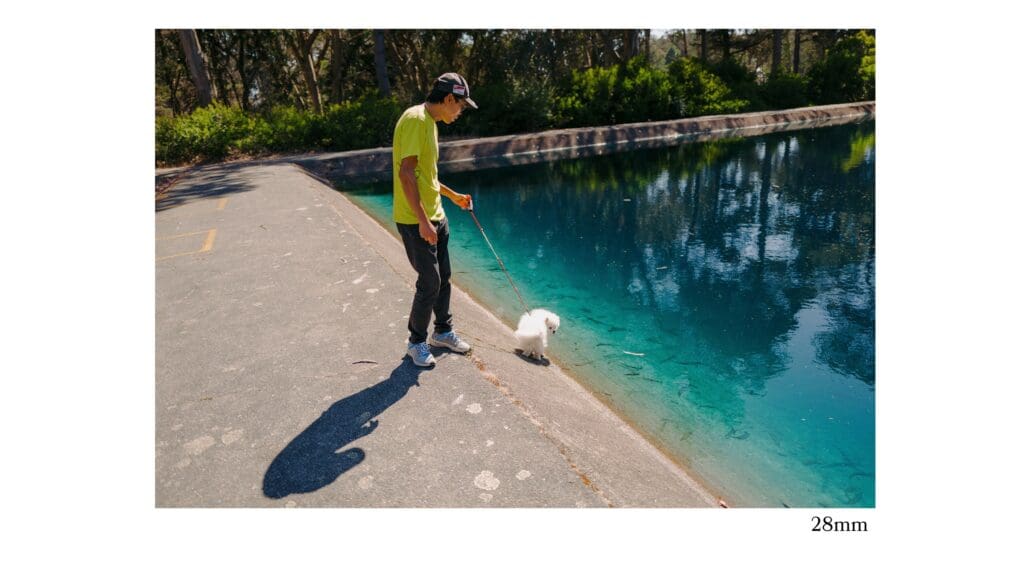
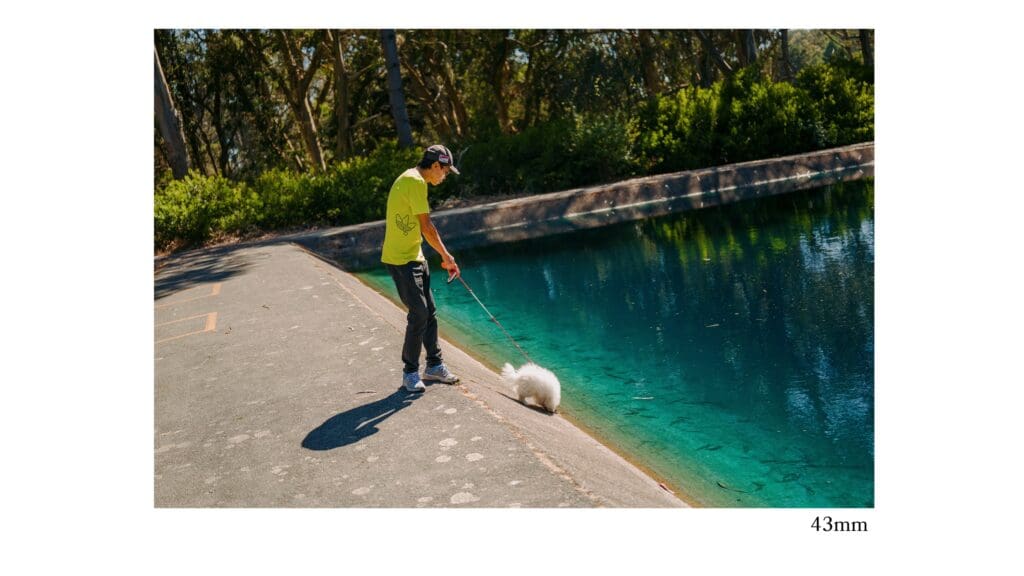
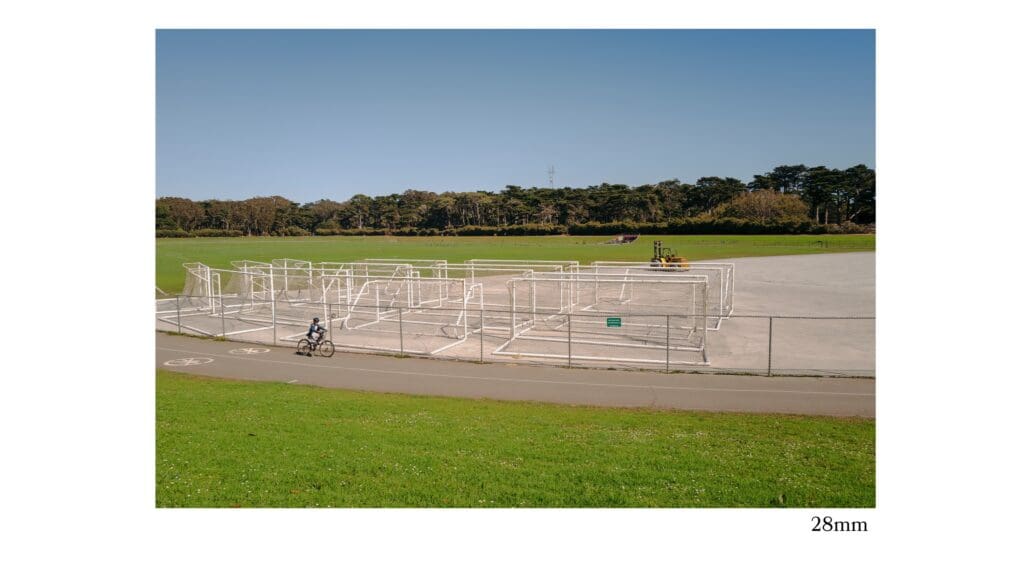
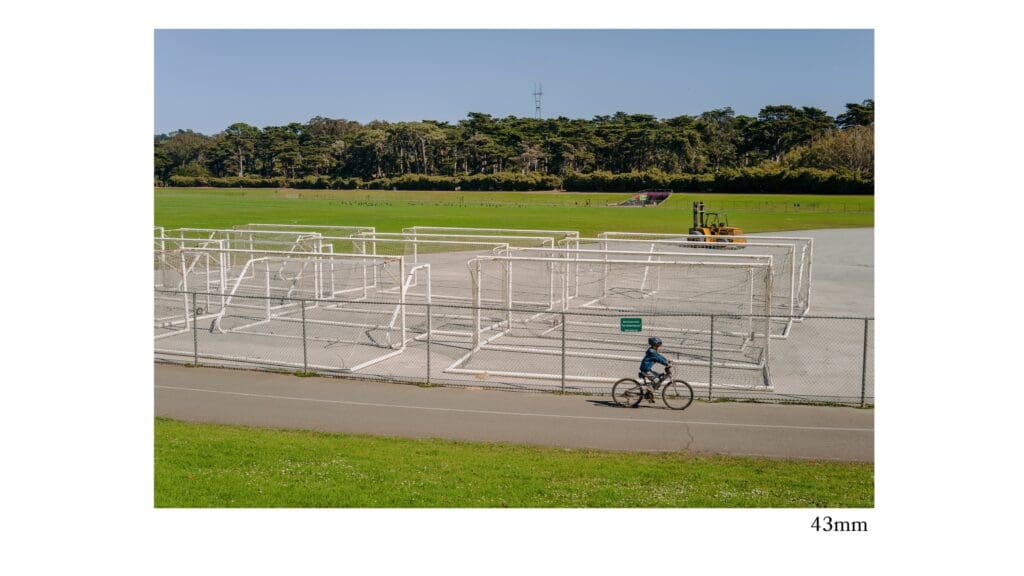
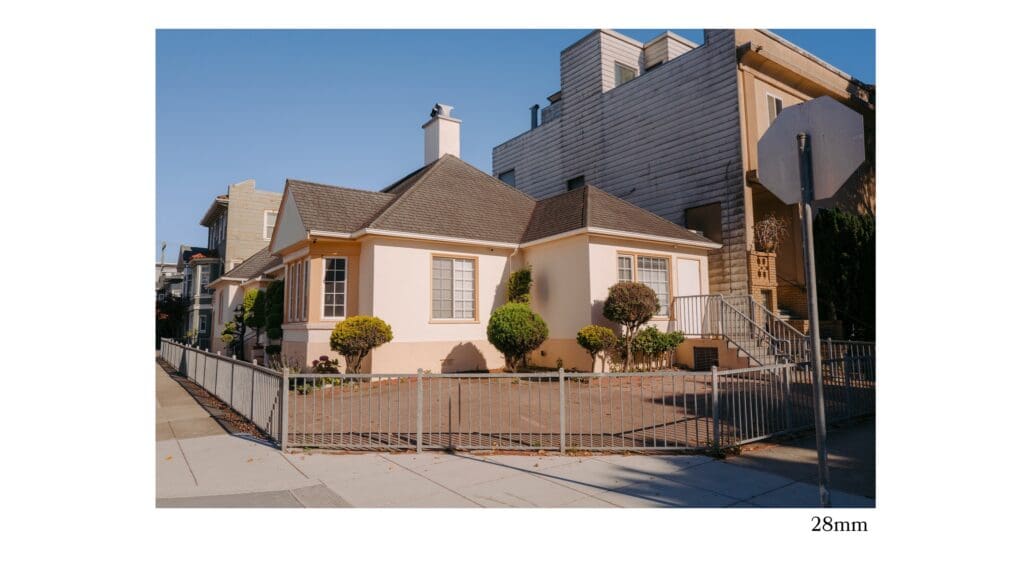
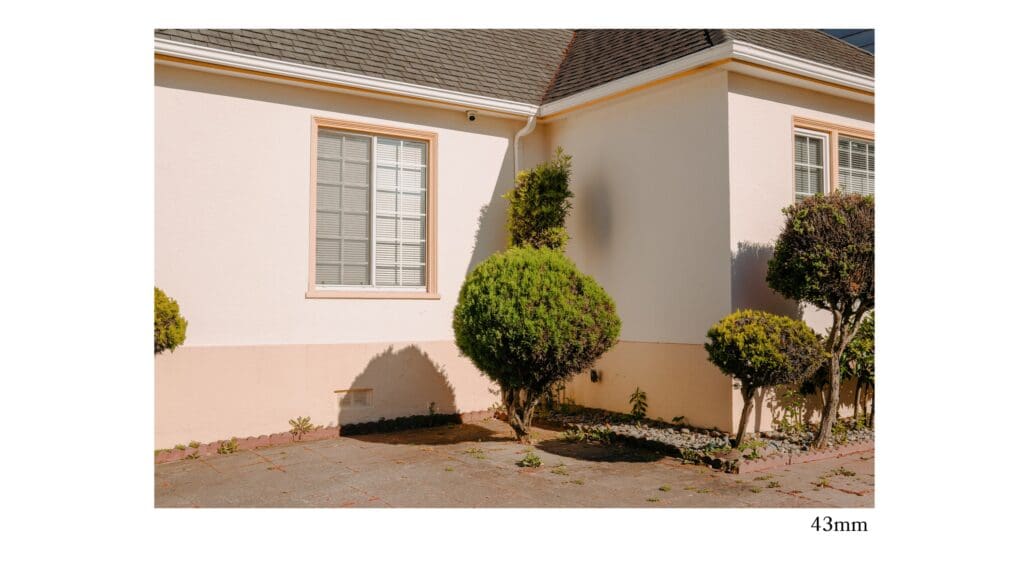
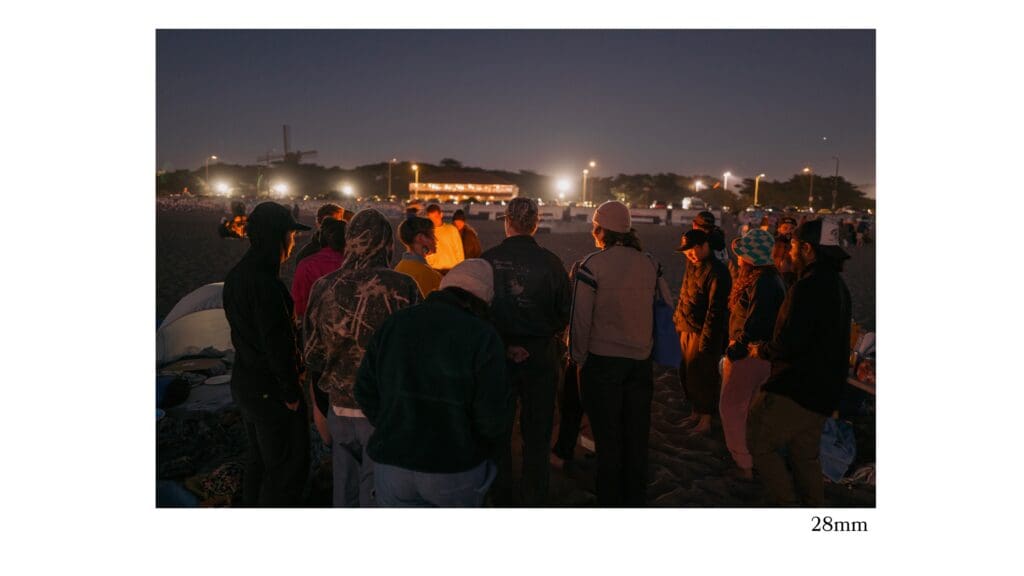
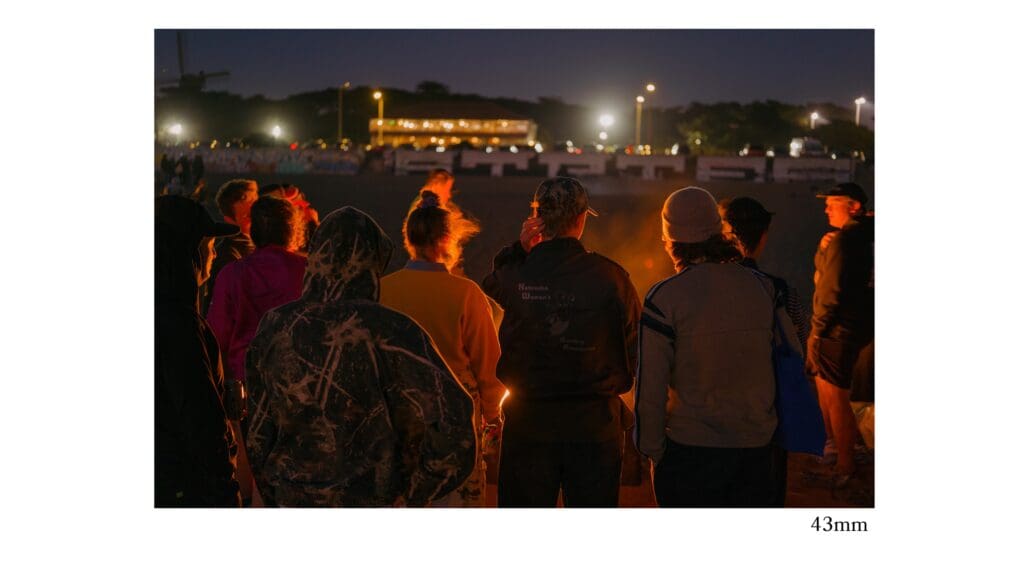
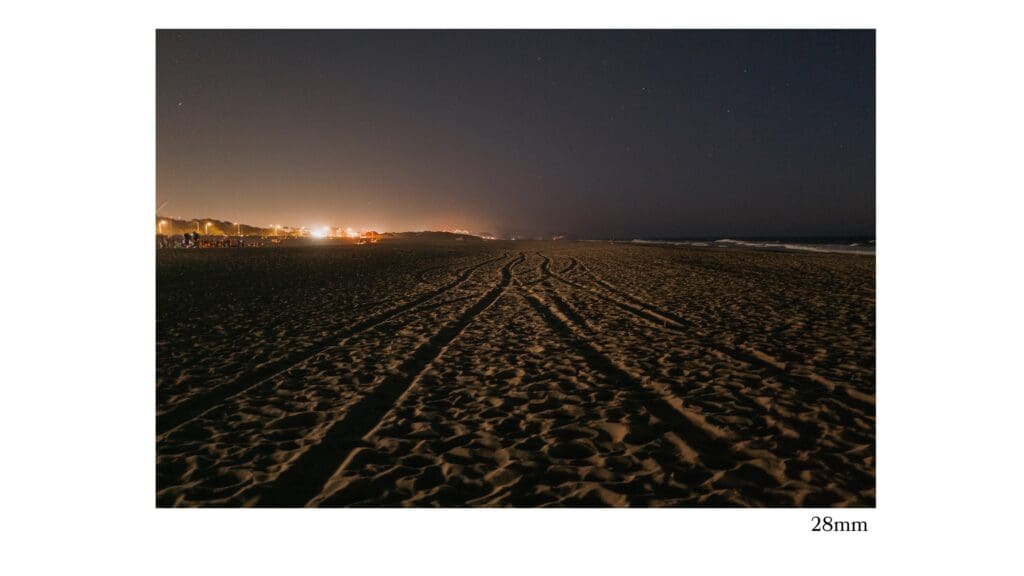
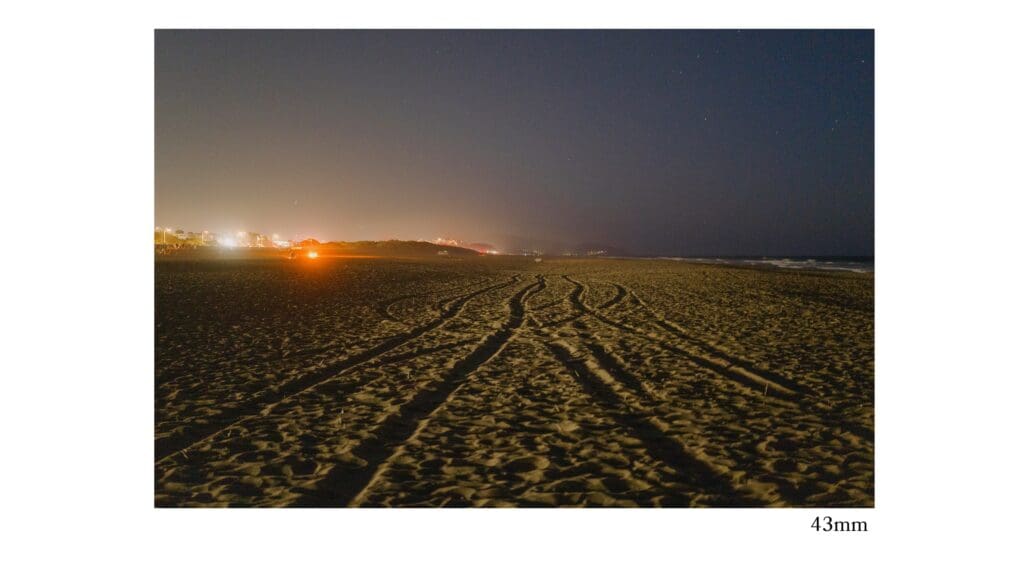
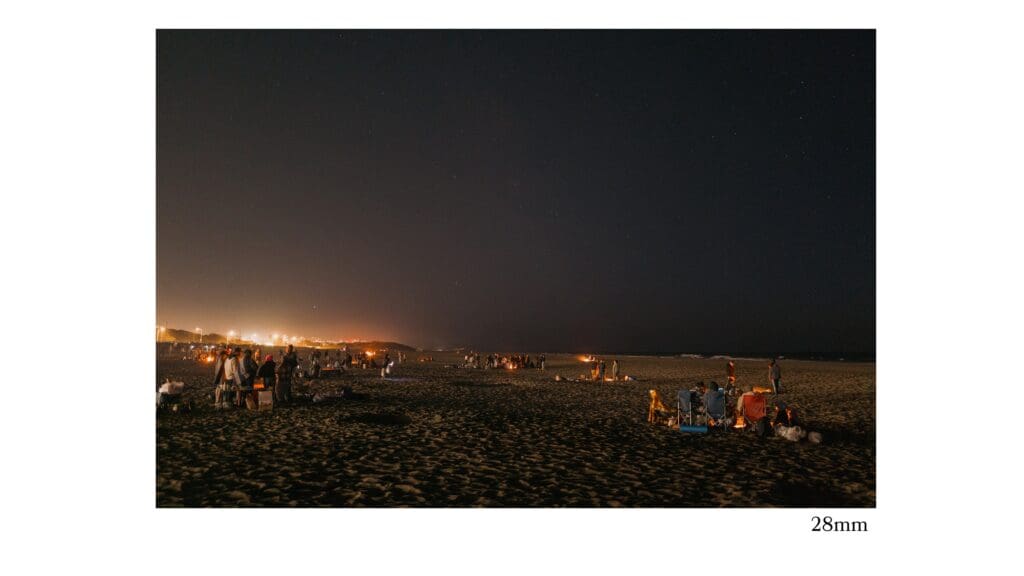
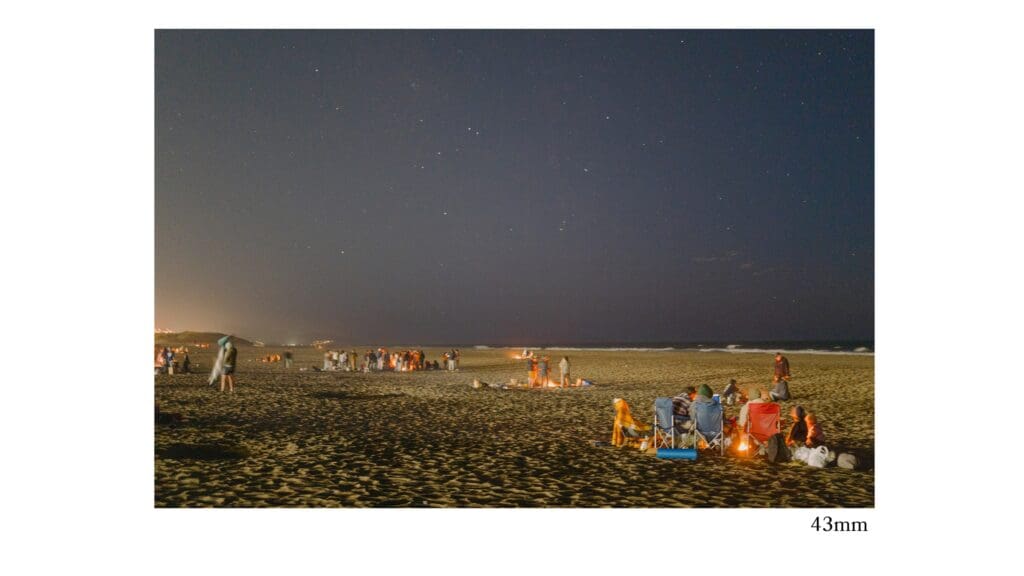
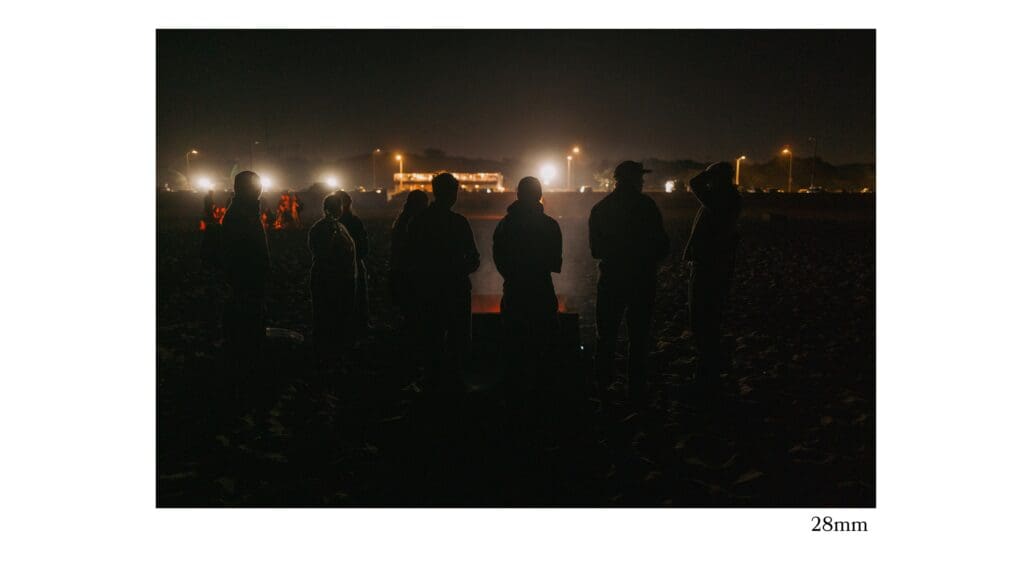
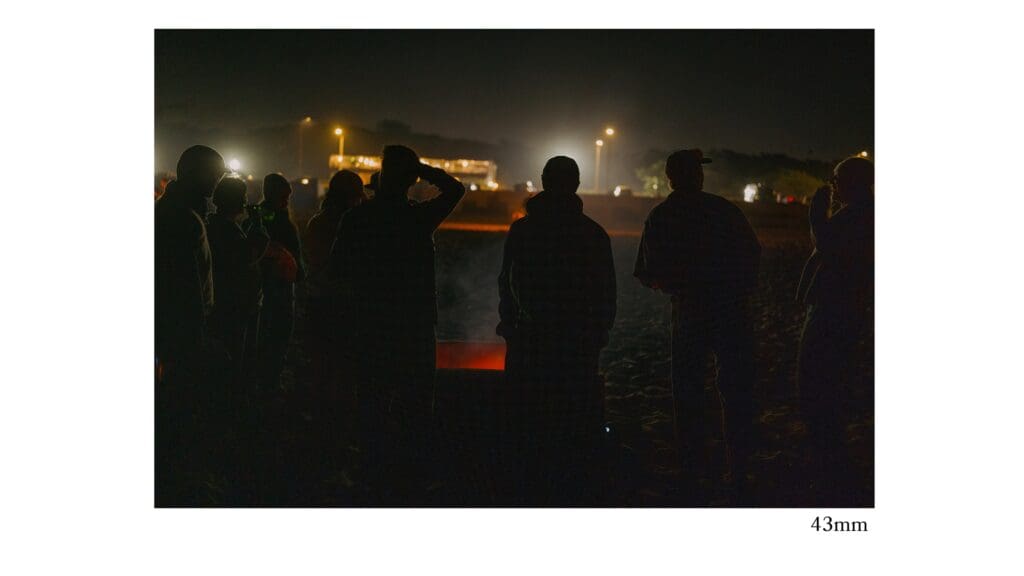
Conclusion
In the end, while the Standard Q3 and Q3 43mm share the same internal components, they handle differently and serve distinct photographic needs. These are two tools, each with its own purpose.
As we mentioned, there’s much more to explore. We’re excited to share an upcoming “Thumbprints & Signatures” piece, where we’ll dive into the intricacies of the exceptional Leica APO optic permanently paired with the Q3 43mm. For those seeking a longer focal length reminiscent of a 50mm lens, we believe this could be the perfect camera.
Ordering the Leica Q3 From Camera West & Leica Store SF
Our content is made possible by our customers and is an extension of our support via our stores. If you’re looking to purchase a Leica Q3—whether the “Standard” or the “43mm” version—or any other fine photographic tool, we’re here to support you! You can order both the Standard Leica Q3 and the Leica Q3 43mm from Camera West’s group of stores via the links below.
Camera West: Leica Q3 43mm & Standard Leica Q3
Leica Store San Francisco: Leica Q3 43mm & Standard Leica Q3
*Note that both of these links pull from the same inventory, and we can arrange to pick up at any of our stores through either of our websites for your convenience.
Leica Store San Francisco



